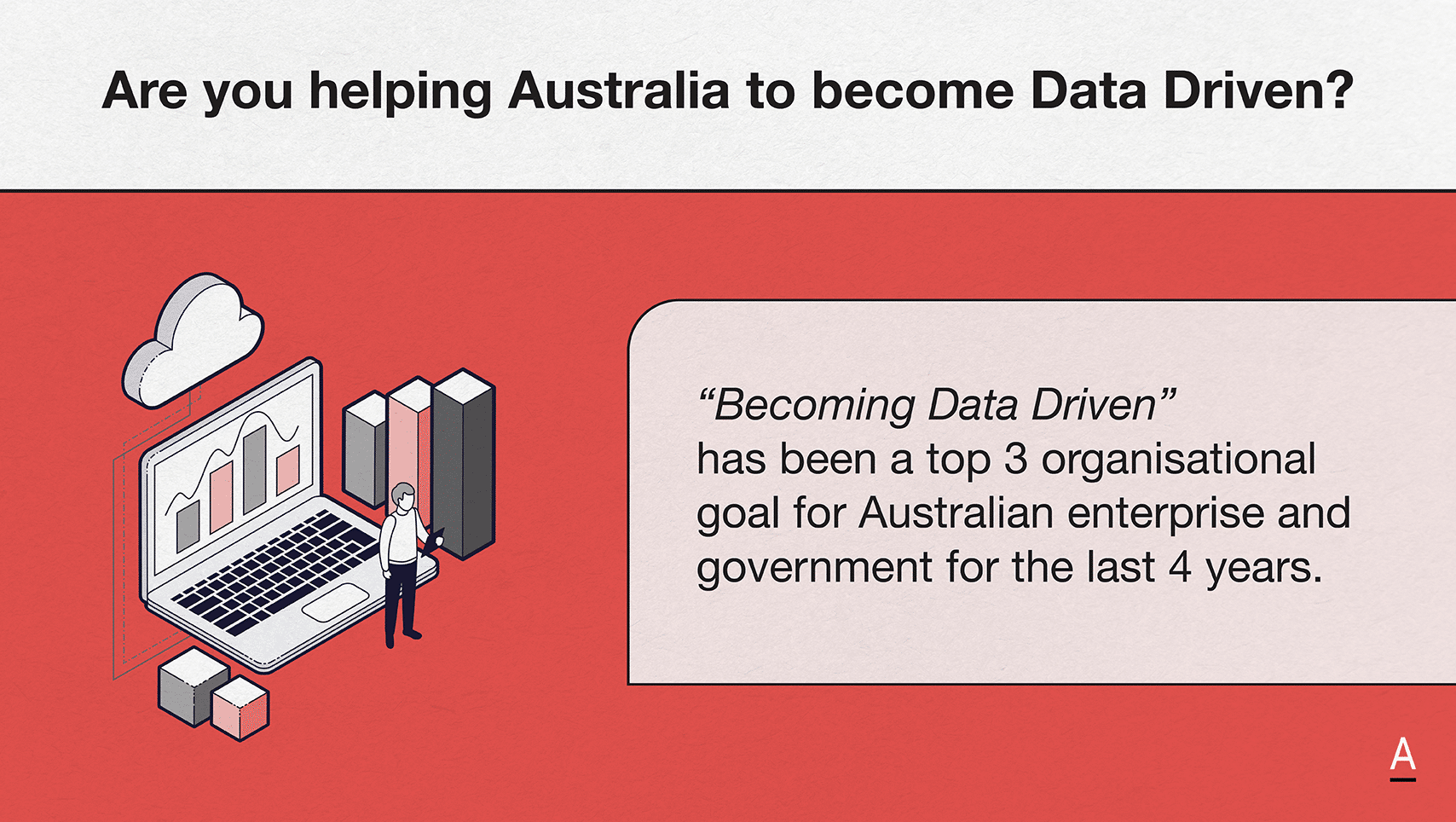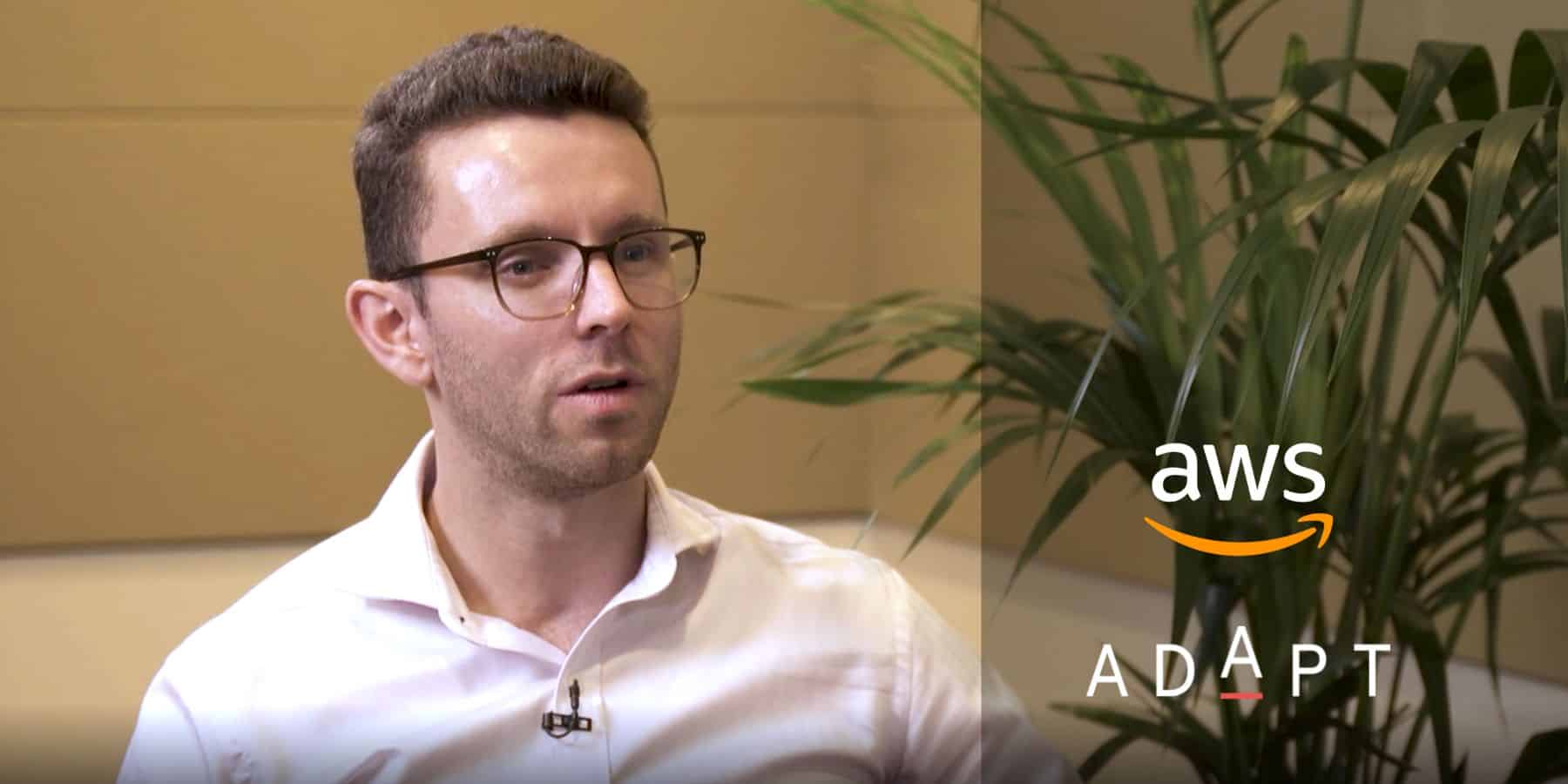Why Australia’s enterprise growth rides on Chief Information Officers
ADAPT outlines the evolving profile of ANZ CIOs and explores how vendors can better align to their priorities, influence and enterprise impact in 2025.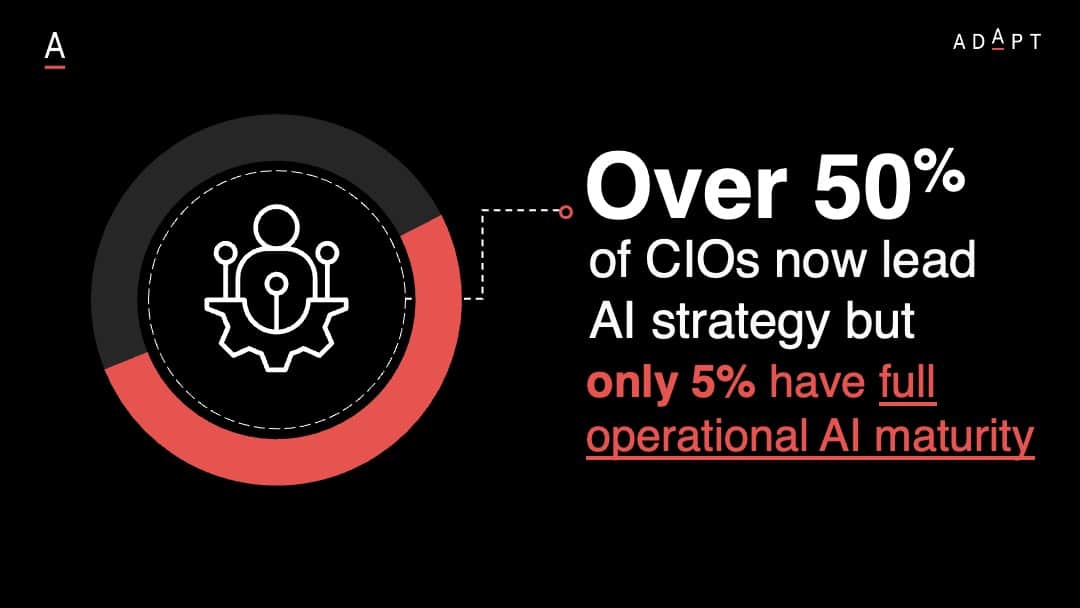
ADAPT’s latest research highlights a major shift in how Australian organisations are executing on digital transformation.
Chief Information Officers are now being tasked with delivering business value across modernisation, AI, security and operational efficiency.
The scope of the role has expanded significantly, and vendors must recalibrate how they engage.
The findings are based on insights from 214 Australian CIOs and senior technology leaders, who represent organisations contributing over 23% of Australia’s A$1.9t GDP.
These CIOs oversee technology portfolios that shape cost models, customer experience and board-level strategy.
They are no longer seen as system custodians. They are being positioned as enterprise orchestrators.
That shift in remit is demanding a new type of vendor relationship, one rooted in shared metrics, not just roadmaps.
CIOs are moving into strategic delivery roles
They are now leading initiatives that span from customer-facing innovation to internal simplification.
Their priorities include modernising legacy systems, embedding automation and overseeing the early deployment of generative AI.
Across the board, CIOs are making decisions that define how organisations will scale over the next decade.
This shift reflects growing pressure from boards to generate returns on digital investments.
CIOs are increasingly expected to co-own transformation outcomes.
Many are aligning their technology decisions to enterprise revenue goals, workforce productivity and customer satisfaction metrics.
These expectations are being applied in real time, with reduced tolerance for delay or inefficiency.
For vendors, this presents a new level of scrutiny.
The value of any solution will be judged by its ability to reduce complexity, support scalable integration and show measurable impact within existing operations.
Vendors should ensure their offers speak directly to operational lift and simplification, rather than focusing on technical scope.
Most vendor engagement is falling short of expectations
Nearly 46% of CIOs said that vendor outreach is generic.
An additional 21% rated it as either ill-informed or a waste of time.
Only 3% consistently described vendor communication as valuable.
This is a clear signal that traditional go-to-market tactics are no longer meeting CIO needs.
CIOs want to see local case studies, with over 70% stating that ANZ-specific examples are a top priority.
They also require more support in demonstrating the return on their technology investments.
53% can track their technology spending, but only 39% are confident in building business cases.
Just 25% say they can track the value captured from these investments.
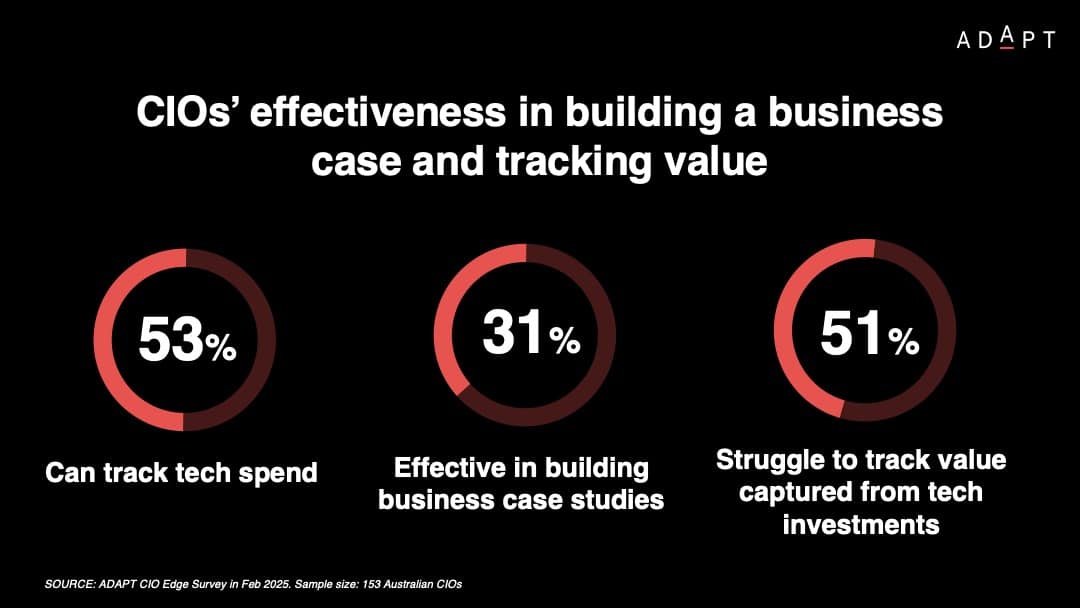
This reveals a significant opportunity.
Vendors who can provide business case frameworks, value tracking tools and local benchmarks will be better positioned to partner with CIOs throughout the full decision cycle.
Vendors should build engagement strategies around market context, internal enablement and shared accountability for outcomes.
CIO success is now tied to enterprise performance
They are being assessed based on outcomes that go beyond delivery.
Their success is tied to time to value, operational resilience, workforce productivity and the ability to activate AI across the enterprise.
Boards are demanding results that are quantifiable, not just visible.
The survey shows that CIOs are under pressure to demonstrate impact across five core areas.
These include value realisation from investments, employee adoption of digital tools, system efficiency, speed of execution and readiness for governed AI deployment.
Yet many lack tools to prove progress.
Measurement frameworks are inconsistent and support from vendors often ends at the point of implementation.
To remain aligned with CIO priorities, vendors must extend their value propositions.
This includes providing integrated reporting, ROI calculators and structured post-implementation support focused on measurable performance indicators.
Vendors should equip CIOs with proof points and tracking mechanisms that directly support internal reporting and cross-functional buy-in.
AI leadership is growing but enterprise maturity is still limited
Over 50% of CIOs now lead their organisation’s AI strategy.
70% are already investing in generative AI.
These figures indicate that AI has moved to the core of the CIO mandate.
However, execution readiness remains a significant barrier.
Only 5% report having full operational maturity in AI across their business.
Most organisations remain in the early stages of adoption.
45% say their data environments cannot support advanced analytics or AI.
Another 50% say they are only partially capable, often limited to pilot-stage initiatives.
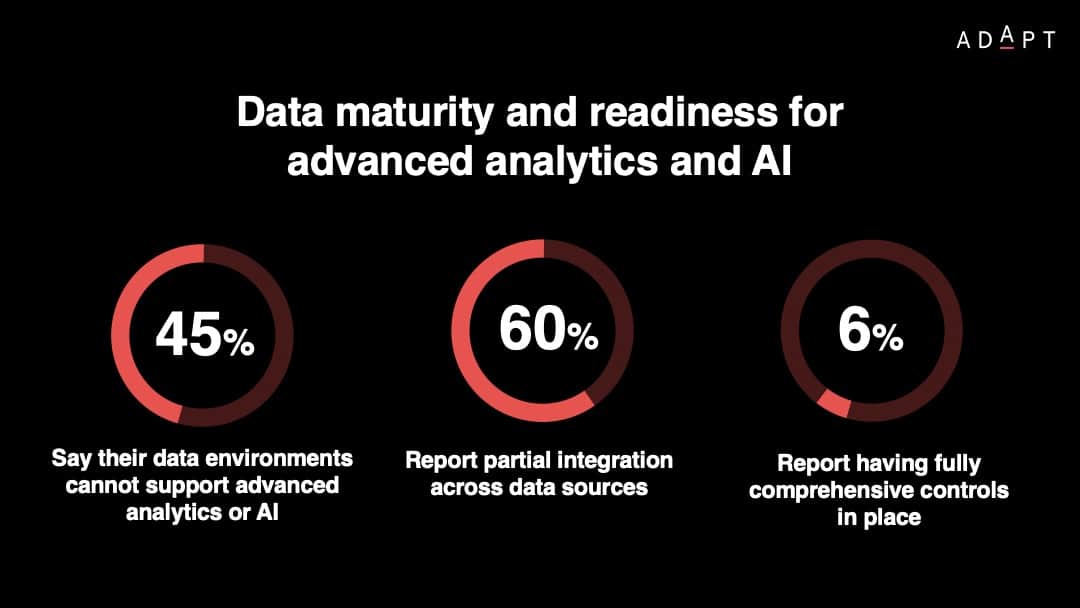
This disconnect between ambition and readiness is driven by immature governance, fragmented data infrastructure and low confidence in use case definition.
CIOs are under pressure to scale AI in ways that are ethical, secure and outcomes-focused.
Without the right internal alignment, even strong interest can fail to translate into lasting value.
Vendors should support AI programs with detailed implementation pathways, including risk frameworks and pre-defined use cases that align to measurable returns.
Recommended actions for technology vendors
To support today’s CIOs and remain relevant in strategic conversations, technology vendors should apply the A.D.A.P.T. framework:
A — Align offerings with CIO goals
Design scalable, cost-efficient solutions that support modernisation, security and AI readiness, while integrating with legacy systems and aligning to CIO priorities.
D — Deepen strategic partnerships
Move beyond transactional sales by offering industry-specific insights and modular solutions tailored to each organisation’s strategy and maturity.
A — Address the execution barriers
Help CIOs overcome skills shortages and compliance challenges through training, managed services and support that enables fast, low-risk transformation.
P — Prepare for scalable AI adoption
Provide AI solutions with defined use cases, built-in governance and proof-of-concept programs that support ethical, accelerated deployment.
T — Track and demonstrate business value
Deliver tools and reporting that prove ROI, highlight performance impact and reinforce value throughout the transformation journey.
As CIOs continue to expand their commercial and strategic influence, the next advantage for vendors will come from anticipating what comes after enablement.
Success will depend on helping CIOs scale transformation in dynamic environments, where technology is only part of the equation and cross-functional impact becomes the true measure of progress.
The vendors who stay close to evolving enterprise agendas and build for long-term alignment, not short-term wins, will be best positioned to lead in this next phase of partnership.
Access ADAPT’s From Operations to Orchestration: A 2025 CIO Leadership Persona Analysis report for more insights into CIO leadership shifts and how vendors can better align their go-to-market strategy.


